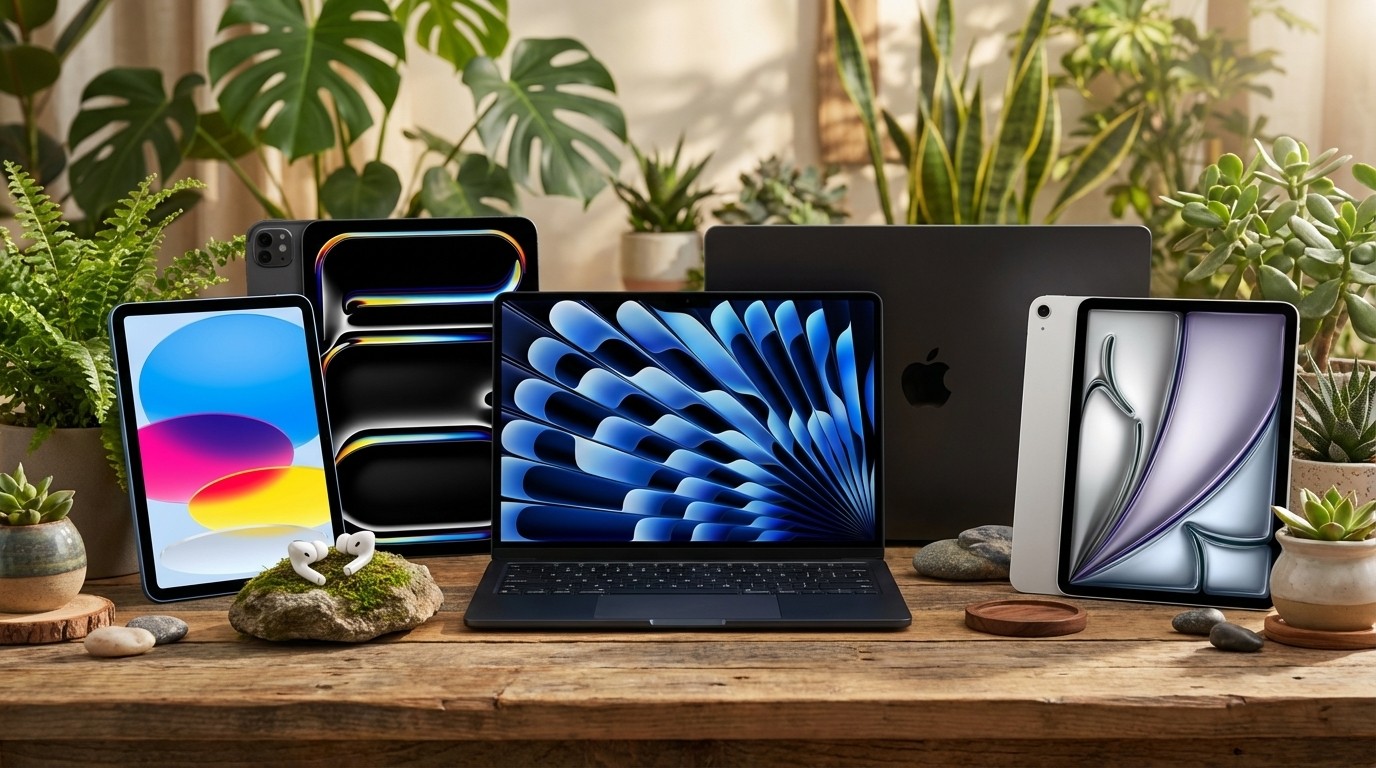4 common mistakes designers make (and how to avoid them)

There are very few designers out there who can claim they've never made a mistake. After all, getting things wrong is part of the process of learning and becoming the best designer you can be. But what are some of the most common mistakes designers make?
Speaking at Inside the Minds of Design Leaders, a webinar from interface design tool Figma, Stuart Frisby, Director of Design at Deliveroo, and Karolina Boremalm, Global Experience Design Operations at IKEA Retail, shared some of the most common mistakes they have encountered throughout their careers – and how to avoid them. (If you're only just starting out on your design journey, check out the best laptops for graphic design.)
01. Trying to do too much

Boremalm gave a recent real-world example to demonstrate the danger of trying to cram too much information into a design – especially one that's supposed to be informative. "I’m on vacation, and recently visited one of the most famous hotel chains in the world. I saw a poster explaining the different room options, and couldn't understand it at all. Rather than simply showing the differences, it listed every single feature of every single room, and the price."
With less important information stripped out, the design could have been much easier to follow. "Don’t try to do it all," Boremalm says. "Give enough information so that I can move forward rather than giving me everything at once."
02. Chasing perfection
"One of the things I most often see," says Frisby, is designers "focusing too much on the purity of the output". By chasing the idea of "pixel perfect" work and "purity in design", a designer can become overly focussed on something that's difficult to overcome.
In CVs for example, Frisby isn't just looking for perfection. "I’m looking for someone who can balance a bunch of competing objectives. Like trying to do good ethical design work, be consistent, be familiar and novel – the balance is what makes good designs. Focus on any one of those things to excess can make you blind to the broader context of the work."
03. Creating "old fashioned" portfolios

Perhaps surprisingly, Boremalm and Frisby questioned the merit of simply providing a "big set of graphics" when applying for design work. Boremalm called these kinds of portfolios “a legacy from ad agencies”, with too much emphasis on “nice posters”.
Daily design news, reviews, how-tos and more, as picked by the editors.
“My thoughts on portfolios is just don’t do them,” she said. “As a manager, I’m completely uninterested in seeing what you’ve actually produced. I want to see what you were thinking when you got the challenge, how did you collaborate with stakeholders, what did you have to prioritise based on scope, budget, etc."
While Frisby argued that portfolios are an important part of the initial assessment of a candidate, he agreed that the broader context of the work is hard to convey. "I do agree that the old fashioned notion is not what I want - don’t want a big set of graphics. I want the context with the work. We may call them portfolios but I want to see case studies more than portfolios - the decisions, the constraints, the team."
04. Not being explicit with your career goals
According to Frisby, it's easy for designers to have an overly narrow idea of how they want to progress in their career. "Don't simply plan your career around becoming a principle designer in as short a time as possible," he advises. "Think about the context of your own career, not the one person in your career who jumped to principle in two years – this is extremely rare. Be explicit with your own development goals, and what success means to you."
"What do you want to do with your life?" Boremalm asks. "What is success for you? If it means becoming a CEO, cool. But there are other ways of having career progression. Think about what you want to do – you need to be in tune with what you want to do and what growth means to you."
If you're looking for more inspiration, take a look at some of our favourite (and definitely not old-fashioned) design portfolios. And if you fancy feasting your eyes on some truly unbelievable design mistakes, here are 12 design fails so bad they're actually good. You're welcome.
Read more:

Daniel John is Design Editor at Creative Bloq. He reports on the worlds of design, branding and lifestyle tech, and has covered several industry events including Milan Design Week, OFFF Barcelona and Adobe Max in Los Angeles. He has interviewed leaders and designers at brands including Apple, Microsoft and Adobe. Daniel's debut book of short stories and poems was published in 2018, and his comedy newsletter is a Substack Bestseller.
